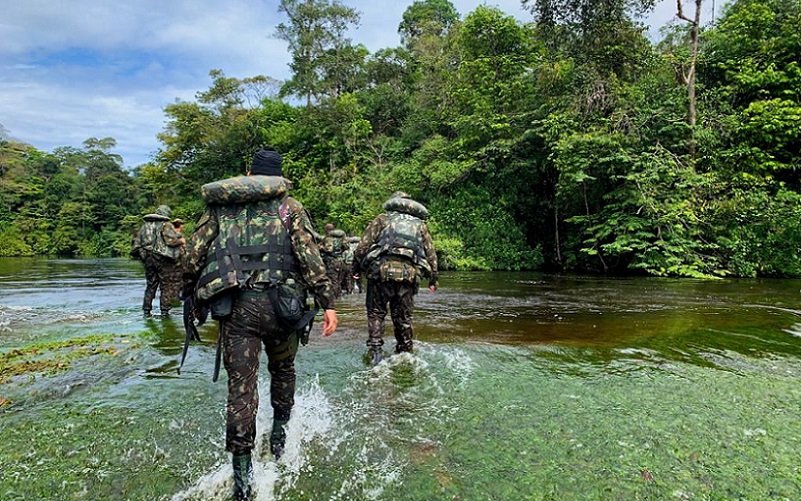The Pan American Health Organization (PAHO) has warned of the increasing detection of outbreaks of avian influenza in birds in ten countries in the Region of the Americas and the recent confirmation of a case of human infection caused by avian influenza A(H5) in South South America.
In an epidemiological alert issued last Wednesday, PAHO stressed the importance of infection control in birds as a fundamental measure to reduce the risk to people and recommended that countries strengthen surveillance for seasonal and zoonotic influenza. in animals and animal populations.
The Organization also reiterated its guidance on early laboratory diagnosis in human and animal specimens and respective case and contact investigation, and recommended that these and other surveillance, prevention and control actions be carried out in a coordinated manner between the health, agriculture and environment sectors.
In the region, the influenza A(H5N1) virus was first identified in domestic and wild birds in December 2014 in North America. Since then and until the first week of January 2023, Canada, Chile, Colombia, Ecuador, the United States, Honduras, Mexico, Panama, Peru and Venezuela have detected outbreaks of this virus in poultry, livestock and/or wild birds.
Infections with this virus in humans, which can often have severe manifestations, have been much less frequent. But whenever bird flu viruses circulate among birds, there is a risk of sporadic human cases. So far, two human infections have been confirmed in the region: the first in April 2022 in the United States and the second on January 9, 2023 in Ecuador.
In general, human cases are rare, and when they do occur, they are not easily transmitted from person to person. However, there is a risk of sustained human-to-human transmission and could lead to an epidemic or even a pandemic.
People at risk are those exposed to infected birds (domestic, wild or captive), such as bird keepers and workers involved in outbreak control. Health workers are also at risk of infection if adequate prevention and control measures are not followed. PAHO recommends the use of personal protective equipment and other hygiene and sanitation measures.

“Freelance communicator. Hardcore web practitioner. Entrepreneur. Total student. Beer ninja.”







